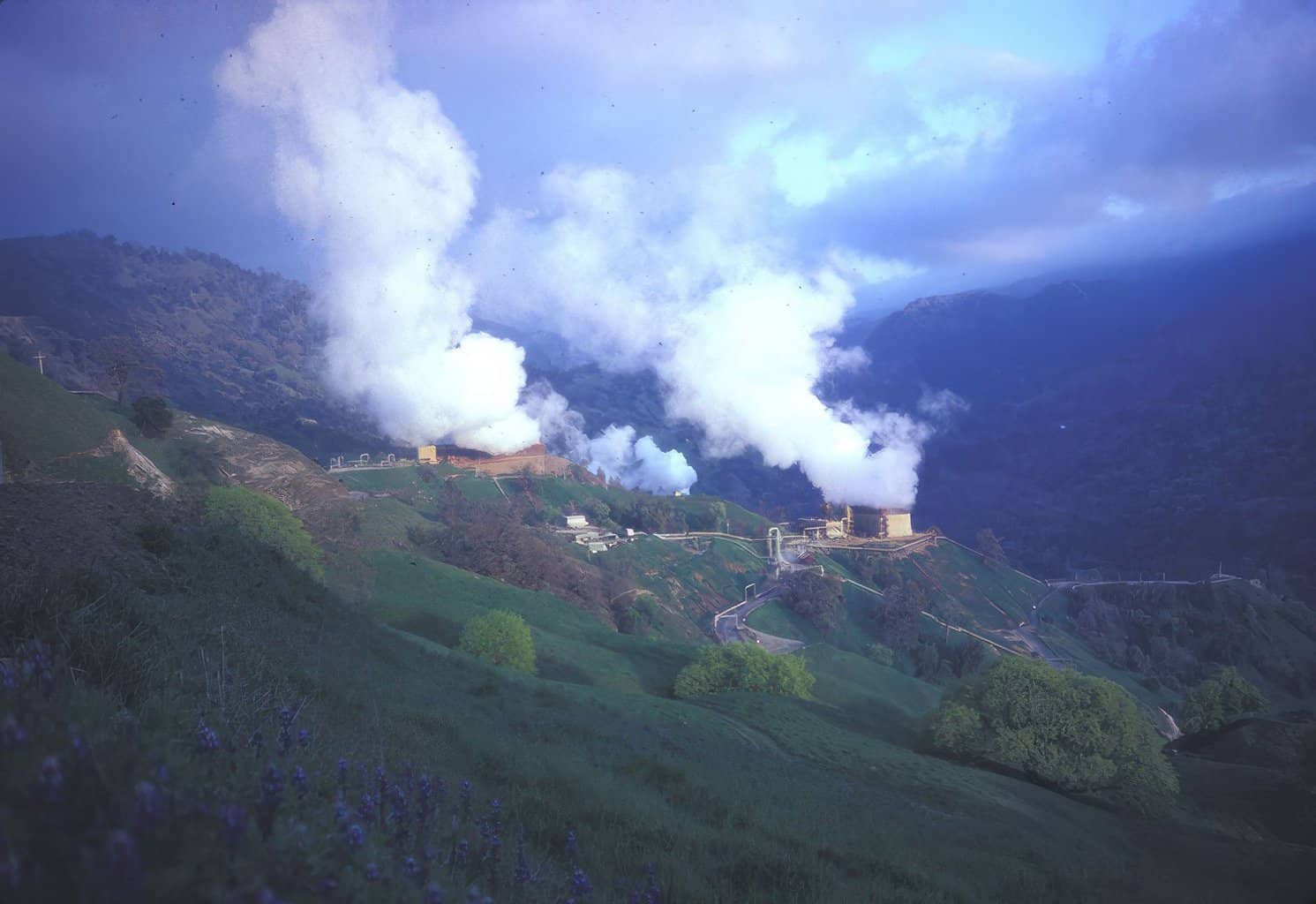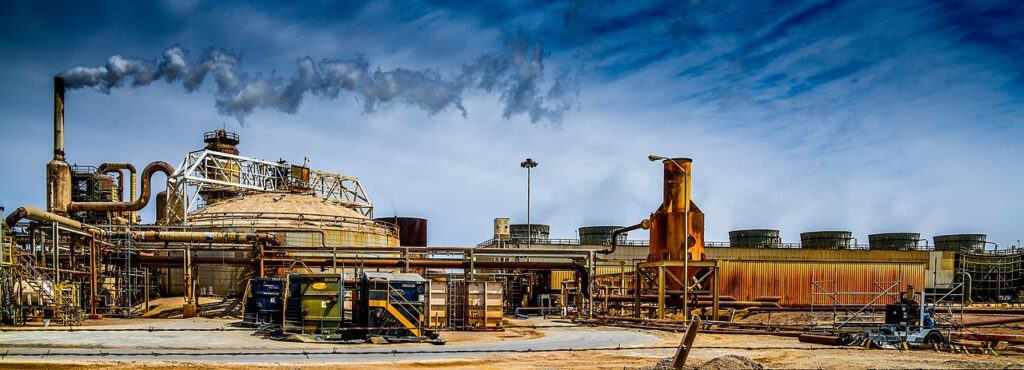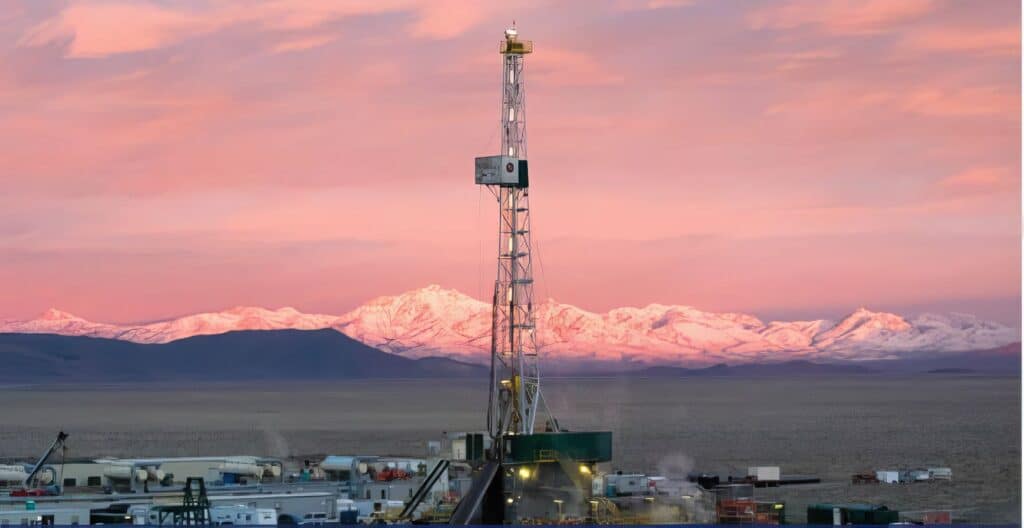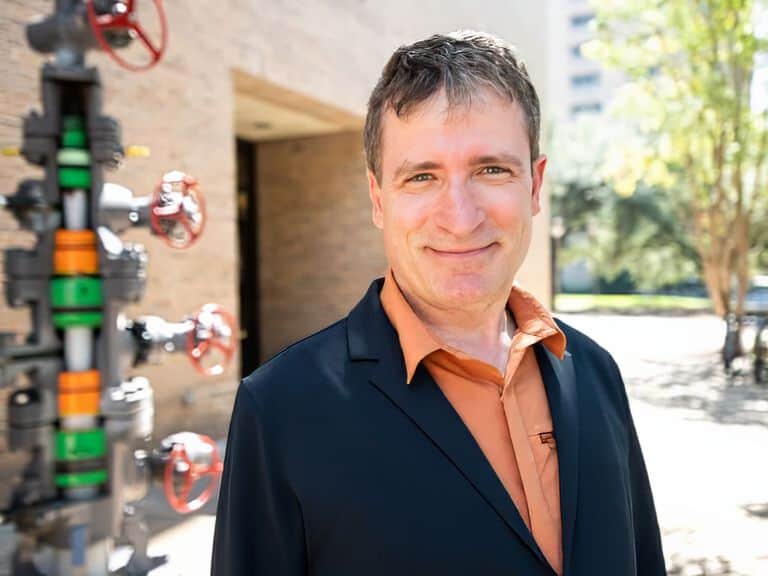There are seven notable states for geothermal production in the United States: California, Nevada, Utah, Oregon, Hawaii, Idaho, and New Mexico.
Based on the table below, what state produces the largest geothermal share of that state's total electricity generation?
Incorrect
Incorrect
Correct
Incorrect
Incorrect
High Temperature Geothermal Power Production in the United States
| State | The state share of total U.S. geothermal electricity generation | Geothermal share of total state electricity generation |
|---|---|---|
| California | 69.5% | 5.8% |
| Nevada | 24.2% | 9.6% |
| Utah | 2.7% | 1.2% |
| Hawaii | 1.8% | 3.2% |
| Oregon | 1.2% | 0.3% |
| Idaho | 0.5% | 0.5% |
| New Mexico | 0.3% | 0.1% |
Use of geothermal energy. https://www.eia.gov/energyexplained/geothermal/use-of-geothermal-energy.php
California leads all other states in its share of total U.S. geothermal electricity generation: 69.5% . Nevada follows in second place at 24.2%. Although California contributes a large portion of U.S. geothermal electricity generation, its geothermal systems only produce 5.8% of the state’s electricity.
High Temperature System Examples
A number of high temperature geothermal systems are used to produce power in the United States. Most naturally occurring, high-temperature hydrothermal systems are in the range of about 250oC to300oC.
Helpful Vocabulary
Fumaroles: Openings that emit hot volcanic gases and vapors.
Isotherms: Lines of constant temperature; in this diagram the isotherms indicate the distribution of subsurface temperatures.
Permeable: Having pores or openings, such as fractures, that permit liquids or gases to pass through; in this diagram fractures allow for fluids to move through the rock in the subsurface.
The figure below shows an example where hydrothermal fluids are heated by underlying magma and mix with gases. This scenario make the hydrothermal fluids buoyant and they rise through permeable fractures in the system. A confining zone, known as a reservoir caprock, defines the upper boundary of the hydrothermal reservoir. At shallower levels, hydrothermal fluids can often move laterally and may naturally come out of the reservoir as thermal features (for example, hot springs, geysers, fumaroles). An idealized production well (red) and injection well (blue) are drilled into the reservoir to, respectively, produce fluids for a power plant and recycle energy-depleted fluids through injection for sustainable, renewable power generation. Hydrothermal resources at temperatures below 250°C may also be found throughout the western United States and can exhibit different configurations.2U.S. Dept. of Energy. (2019, May). GeoVision: Harnessing the Heat Beneath Our Feet. https://www.energy.gov/eere/geothermal/articles/geovision-full-report-0

California
Geysers
The Geysers Geothermal Field near Clear Lake, California is comprised of 45 square miles, making it the largest geothermal power complex in the world. The complex has a generating capacity of 725 megawatts: enough clean energy to power a city the size of San Francisco, day or night, regardless of climate or weather.4The Geysers. (2023, June 27). https://gogeothermal.geysers.com/

Salton Sea
CalEnergy Generation’s Salton Sea Geothermal Plants include a cluster of generating geothermal plants near the Salton Sea in Southern California’s Imperial Valley. This complex represents the second largest geothermal field in the United States after The Geysers in northern California. Plants are dry steam geothermal power plants.5Imperial Valley Geothermal Project. (2023, May 11). https://en.wikipedia.org/wiki/Imperial_Valley_Geothermal_Project

Nevada
The Blue Mountain Geothermal Plant (a binary ORC power plant) in Humboldt County, Nevada is a binary cycle geothermal plant, which uses a closed-loop heat exchange system. In this system hot geothermal water with an average temperature of 302 °F (150 °C) heats a secondary fluid, isobutane, which is vaporized and used to run a turbine.6Wikipedia. (2023, May 6). Blue Mountain Faulkner 1 Geothermal Power Plant. https://en.wikipedia.org/wiki/Blue_Mountain_Faulkner_1_Geothermal_Power_Plant

The Blue Mountain Geothermal Plant (a binary ORC power plant) in Humboldt County, Nevada is a binary cycle geothermal plant, which uses a closed-loop heat exchange system. In this system hot geothermal water with an average temperature of 302 °F (150 °C) heats a secondary fluid, isobutane, which is vaporized and used to run a turbine.7Blue Mountain Faulkner 1 Geothermal Power Plant. (2023, May 6). Wikipedia. https://en.wikipedia.org/wiki/Blue_Mountain_Faulkner_1_Geothermal_Power_Plant

Career Spotlight: Keivan Khaleghi

Academic Background
- BS, Chemical Engineering, Sharif University, 2007
- MS, Chemical Engineering, University of Alberta, 2011
- PhD candidate, Petroleum Engineering, The University of Texas at Austin
Keivan Khaleghi is pursuing his degree in petroleum engineering at the University of Texas at Austin with Dr. Silviu Livescu (profiled below) as his PhD advisor. His research is focused on the direct use of geothermal heat in industrial applications and for heating and cooling living spaces.
Keivan spent the summer of 2023 as a Geothermal Production Analytics Intern for Calpine at Geysers, the largest geothermal field in the world in Northern California. He is looking forward to incorporating this experience in his research and contributing to a budding geothermal industry in Texas. Keivan is passionate about geothermal energy as a renewable resource that has a lot of untapped growth potential. He is excited about the prospect of Texas high school students learning about this tremendous power and helped design this online mini-course on geothermal.

Career Spotlight: Silviu Livescu

Academic Background
- BS, Mechanical Engineering, University “Politechnica” of Bucharest, Romania, 1999
- MS, Mechanical Engineering, University “Politechnica” of Bucharest, Romania, 2001
- PhD, Mechanical Engineering, University of Delaware, 2006
Dr. Livescu is an Associate Professor at the Hildebrand Department of Petroleum & Geosystems Engineering. Throughout his career he has conducted fundamental and applied research, multidisciplinary research and technology development, diversified innovation, intellectual property, and management applied to several petroleum engineering and clean energy technical disciplines, with a focus on well engineering and operations. He is strongly committed to helping solve some of the most impactful energy transition and digital transformation problems for a net-zero, sustainable and affordable energy future.
Silviu has won a number of awards, including the Distinguished Service Award from the Society of Petroleum Engineers, the World Oil Best Well Intervention Team Award, and the Baker Hughes Top Pressure Pumping Inventor. Dr. Livescu has a team of graduate students who are working on a variety of energy solutions, including geothermal applications.
Image Credits
- Hydrothermal system elements GeoVision 2.4: DOE, GeoVision
- Leathers Geothermal Plant: Chuck Holland